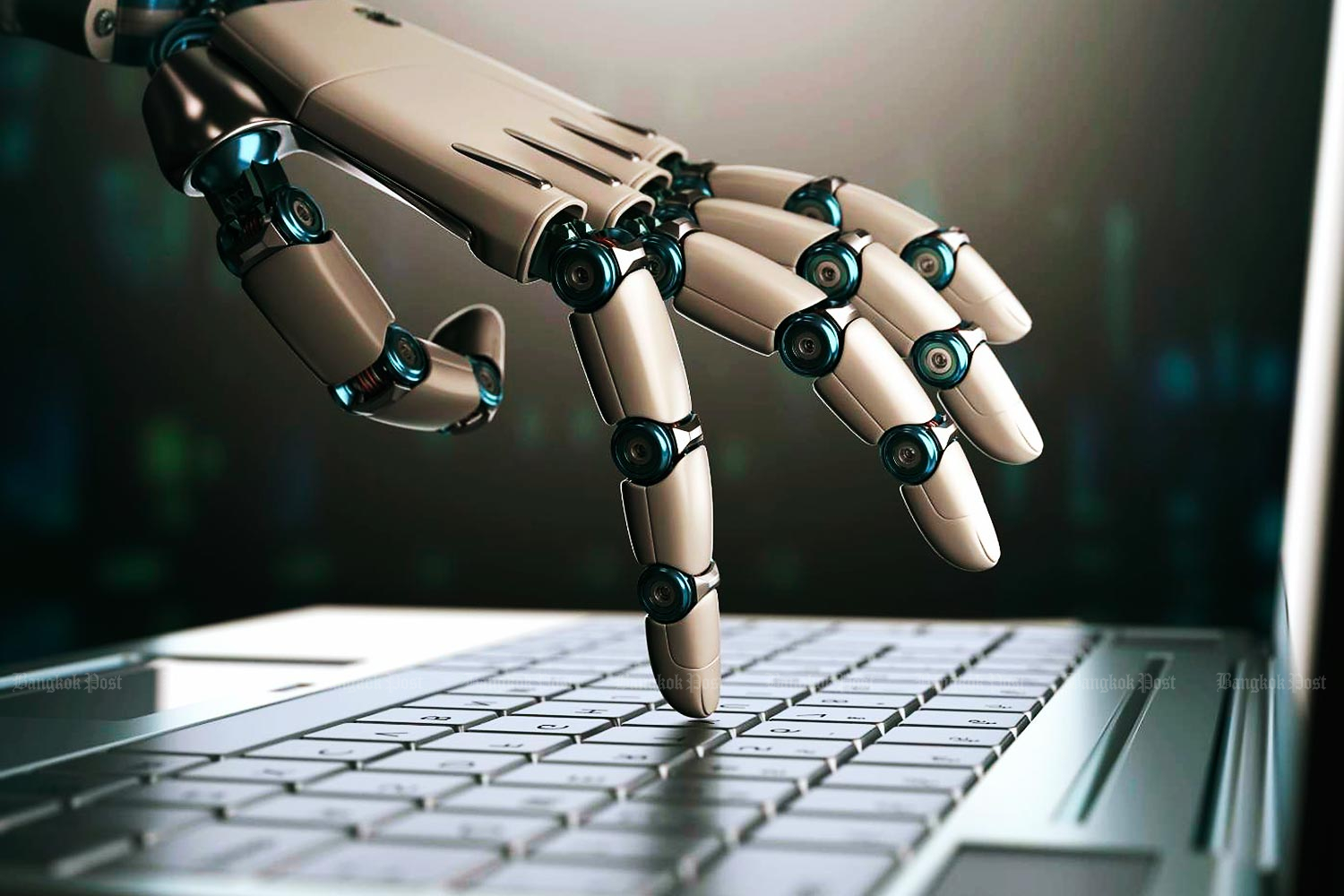- There is a silicon shortage, which is another way of saying that getting your next computer will either be difficult with long wait times or that prices may rise soon, so you'd better get in earlier rather than later. A couple of fires, a cold snap in Texas and Covid-19 restrictions are some of the causes of the shortages which shows that it doesn't take a lot to disrupt supply chains.
Many will have already noticed that deliveries are taking longer and orders are becoming more difficult to fulfil especially if it is an international one. Car manufacturers like GM and Ford have cut production in their factories as they wait for Taiwan chip provider TSMC to ramp up production. Some are concerned that with so much manufacturing based in Taiwan and China, hinting at a future invasion, that if the worst was to happen, there could be a critical shortage sometime in the future.
- One long term solution is to minimise the number of chips required in a system. Google for example has indicated it intends to design its own server-grade systems-on-a-chip (SoCs). Google has hired Uri Frank of Intel who managed those processes from end to end between 2016-2020, to spearhead that process. The next step is the merging of CPUs and memory. The CEO of SK Hynix, the world's second-largest memory manufacturer behind Samsung, predicts this merger and the rise of the Compute Express Link standard. This moves more DRAM from plug-in modules directly into the same package that holds the CPU. This is faster, uses less power and reduces overall manufacturing.
- The internet is a great source of information. However, a vast amount of it can make it difficult to filter out what is accurate and what isn't. Worse, different interest groups are actively filtering out content they either don't like or approve of, particularly given those entities used to be the shining example of non-censorship. One example is Urban Dictionary. This was the place to look up the latest terms and slang not found in regular dictionaries. Everything was there and nothing was banned.
- This has changed though as new words that go against the ideology of some are being removed. One example is the new gender Super Straight after the older term Straight was changed to narrow down the definition. The entry was removed from the Urban Dictionary because people "can't just make up their own sexual and gender ideology". Given the plethora of other terms in this category, this is a weirdly strange reason. Another example is the term Blue Anon, being a description for those of the political left creating conspiracy theories. Google has also removed all entries relating to this term. Given the term is a satirical critique on entities like Google, Urban Dictionary and Big Tech in general, its removal is self-validating.
- When former US president Donald Trump was kicked off Twitter with 89 million followers, some cheered and some were less happy. In an open internet, one option is to start your own platform and Trump has announced just that. It remains to be seen if he can attract the same numbers as before, and sites like Parler and Gab were hoping he would choose them as his preferred platform. It will apparently happen in the next few months.
- In other social media news, Japan has decided to drop its adoption of the LINE messaging app due to fears of leaked data. This occurred after Japan brought in four Chinese systems engineers in 2018 to perform server maintenance and later found 32 connections from inside China to their servers. There are some obvious lessons here that I'll leave to the readers. In possibly related news, four countries -- Australia, India, Japan and the USA -- have formed the "Quad" group to find alternatives to China and to that end have formed the Critical and Emerging Technology Working Group. Part of this will be to source and pool alternatives to the current Chinese dominance in rare earths.
- In this week's "because it's cool" category, engineers at the University of California, San Diego have developed a "wearable microgrid" that's able to utilise energy from the human body to power small electronic devices. It generates energy from movement and sweat. The three main components are sweat-powered biofuel cells, motion-powered triboelectric generators and energy-storing supercapacitors. The components are screen printed in an optimised manner onto a shirt. When movement starts, the generators start charging and as the wearer starts to sweat, the biofuel cells kick in and continue to work for a while after the wearer stops moving, providing a "complementary and synergistic" system. The weakness still lies in the batteries as they take up space and are comparatively heavy. This first version is for the more active wearer and the next target will be those sitting at a desk.
James Hein is an IT professional of over 30 years' standing. You can contact him at jclhein@gmail.com.

